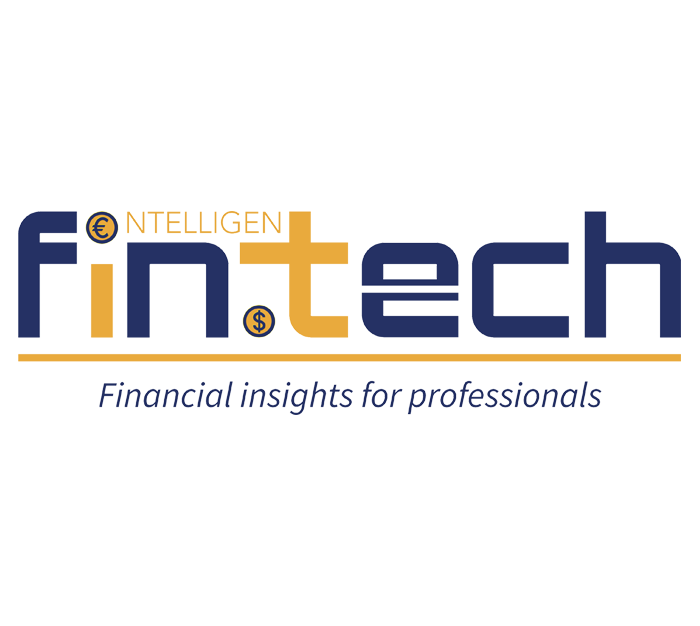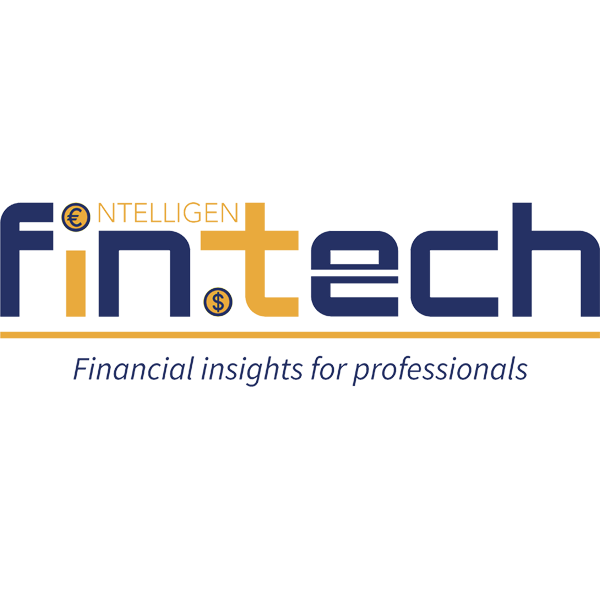Richard Wormald, Division President, Australasia at Mastercard, highlights the success of Mastercard’s innovative solution. By tokenising CBDCs onto various Blockchains, consumers now have a secure and convenient option to engage in commerce across multiple platforms.

The solution, developed in partnership with Cuscal and Mintable as part of a Reserve Bank of Australia (RBA) and Digital Finance Cooperative Research Centre (DFCRC) research project to explore potential use cases for a CBDC in Australia, includes controls ensuring that the pilot CBDC can be held, used and redeemed only by authorised parties that have been Know Your Customer (KYC) verified and risk assessed by licensed service providers.
“As the digital economy continues to mature, Mastercard has seen demand from consumers to participate in commerce across multiple Blockchains, including public Blockchains. This technology not only has the potential to drive more consumer choice, but it also unlocks new opportunities for collaboration between the public and private networks to drive genuine impact in the digital currency space,” said Wormald.
Mastercard demonstrated in a live environment how the solution could enable the holder of a pilot CBDC to purchase a NFT listed on the Ethereum public Blockchain. The process ‘locked’ the required amount of a pilot CBDC on the RBA’s pilot CBDC platform and minted an equivalent amount of wrapped pilot CBDC tokens on Ethereum.
A pre-requisite of the test transaction was that the Ethereum wallets of both the buyer and seller, as well as the NFT marketplace smart contract, were ‘allow-listed’ within the platform. With all other transfers of the wrapped pilot CBDC blocked, it successfully demonstrated the platform’s ability to implement controls – even on public Blockchains.
“As the digital economy matures at pace, Australians are seeking more choice in the way they pay and get paid, with simplicity and security front of mind. The central bank digital currency pilot project with the Reserve Bank of Australia and the Digital Finance Cooperative Research Centre’s provided an excellent opportunity to explore potential use cases of a CBDC through the lens of these evolving expectations,” Wormald added.
“With digital assets becoming more commonplace amongst digitally-savvy consumers, the ability to simply and securely transfer assets across multiple Blockchains could go a long way to delivering this enhanced consumer choice. As a core capability of the Mastercard Multi-Token Network, which played a pivotal role in the successful delivery of the pilot, it was incredible to demonstrate the possibilities the technology could create, as more central banks actively explore the merits of a CBDC for their economies.”
The pilot leveraged two pillars of Multi Token Network, which Mastercard introduced in June 2023 as a set of foundational capabilities designed to enable more efficient payment and commerce applications using Blockchain technology. This includes Mastercard Crypto Credential which offers a set of common verification standards and infrastructure to enable trusted interactions using Blockchain networks, in addition to interoperability to offer capabilities across all supported payment tokens and networks in a scalable manner.
“The underlying technology of Blockchain and Web3 offer huge potential to the digital economy, but as with all new technologies, consumer trust will be paramount to its success. At Mastercard we are big believers in the power of a network and are grateful for the partnership from Cuscal and Mintable throughout the pilot, highlighting the power of collaboration in developing the next generation of trusted payment solutions,” Wormald continued.
Mastercard Multi-Token Network, which is currently in beta, plays a key role in Mastercard’s wider strategy to expand the use of Blockchain technology across several payments use cases. It will allow regulated entities to take advantage of the functionality available in digital assets and is currently being piloted with select financial institutions around the world.
“As demonstrated in this project, the solutions that play a key role in Multi Token Network have the potential to enable new levels of interoperability between Blockchains, in a safe and secure manner. By enabling people to easily move digital currencies on-demand, via Mastercard’s trusted network, more consumers could participate in crypto ecosystems using reputable and reliable forms of money, while enjoying the benefits that these currencies offer such as programmability, transparency and compliance,” added Wormald.
Zack Burks, CEO and Founder of Mintable, a participant in Mastercard’s Start Path development programme, said: “The vast potential of NFTs was obvious during this progressive CBDC pilot. Together with Mastercard, we have identified a use case whereby digital currencies and NFTs can easily be linked, potentially stamping out fraud and theft, ending the loss of documentation and records and unleashing new possibilities for commerce. Mintology, Mintable’s B2B arm, is making NFTs more accessible and more valuable with innovative new uses. While digital currencies are in their infancy, NFTs are already being used for new media, gamification, digital identities, loyalty programmes, ticketing, authentication, certification and more.”




